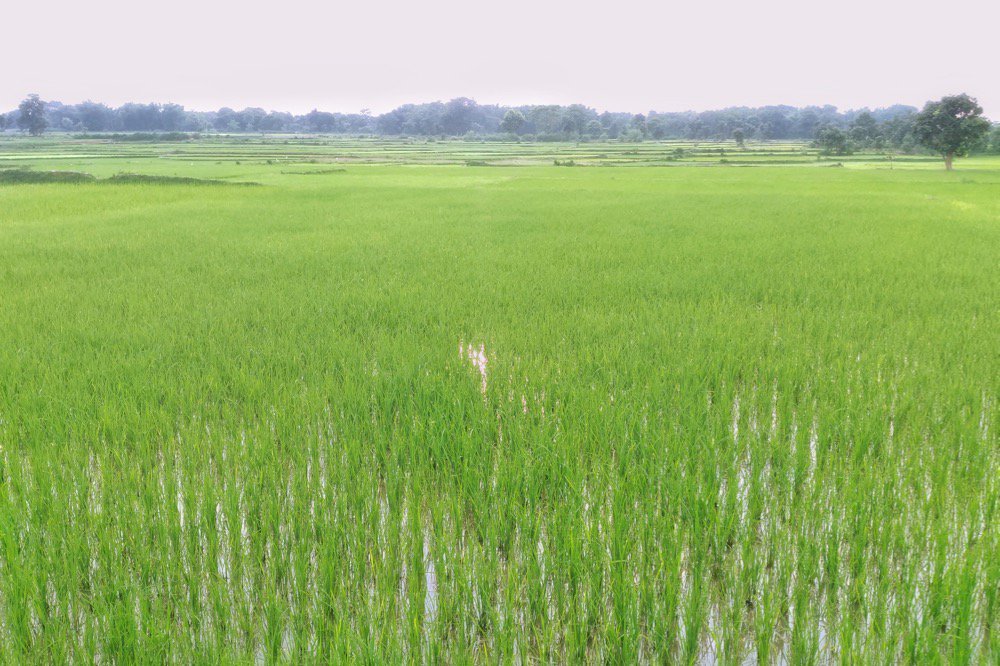MarketsFarm — Heavy rains in recent weeks have brought India’s monsoon rainfall back to normal levels after a slow, dry start to the season, according to reports out of the country.
However, flooding and uneven distribution of moisture could still hurt crop production.
A normal monsoon is defined as 96-104 per cent of the 50-year long period average (LPA). Rainfall is considered deficient if it’s below 90 per cent of LPA.
The monsoon recovery was led by northwest, central and southern India, which account for close to 85 per cent of agricultural output.
Read Also

Dryness poised to threaten Saskatchewan crops
Crops in Saskatchewan are developing in opposite directions, the province’s latest crop report said. Growing conditions in the province vary, with some areas receiving enough rain while other locations are experiencing crop stress due to hot, dry conditions.
“The improvement in reservoir levels and summer crop sowing has been significant, especially compared to our last update on the monsoon,” said a report from Standard Chartered. “The higher reservoir levels, which are now close to the historical trend, bode well for winter crops.
“However, the rapid recovery has led to flooding in several parts of the country,” the report said, adding “the uneven temporal distribution of rainfall could impact crop output due to the damage caused by flooding/drought.”
Heavy flooding has already led to at least 350 deaths in India this year, with forecasts calling for the heaviest rains to continue this week through Thursday.
Seeding of kharif season crops was slightly behind the normal pace in the latest report from India’s agriculture ministry for the week ended Friday.
Indian farmers had seeded 12.09 million hectares of pulses as of Friday, which compares with 12.53 million at the same time a year ago.
— Phil Franz-Warkentin writes for MarketsFarm, a Glacier FarmMedia division specializing in grain and commodity market analysis and reporting.

















